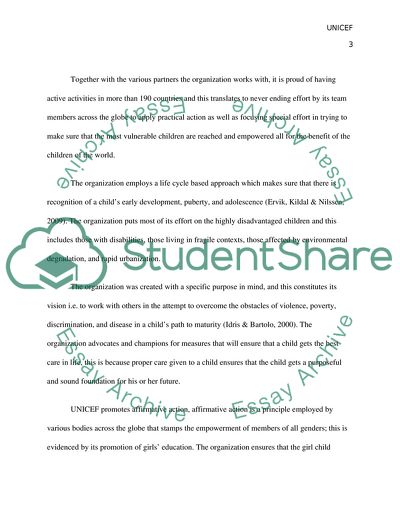Cite this document
(Final Project on public organization Coursework, n.d.)
Final Project on public organization Coursework. https://studentshare.org/business/1876752-final-project-on-public-organization
Final Project on public organization Coursework. https://studentshare.org/business/1876752-final-project-on-public-organization
(Final Project on Public Organization Coursework)
Final Project on Public Organization Coursework. https://studentshare.org/business/1876752-final-project-on-public-organization.
Final Project on Public Organization Coursework. https://studentshare.org/business/1876752-final-project-on-public-organization.
“Final Project on Public Organization Coursework”. https://studentshare.org/business/1876752-final-project-on-public-organization.


